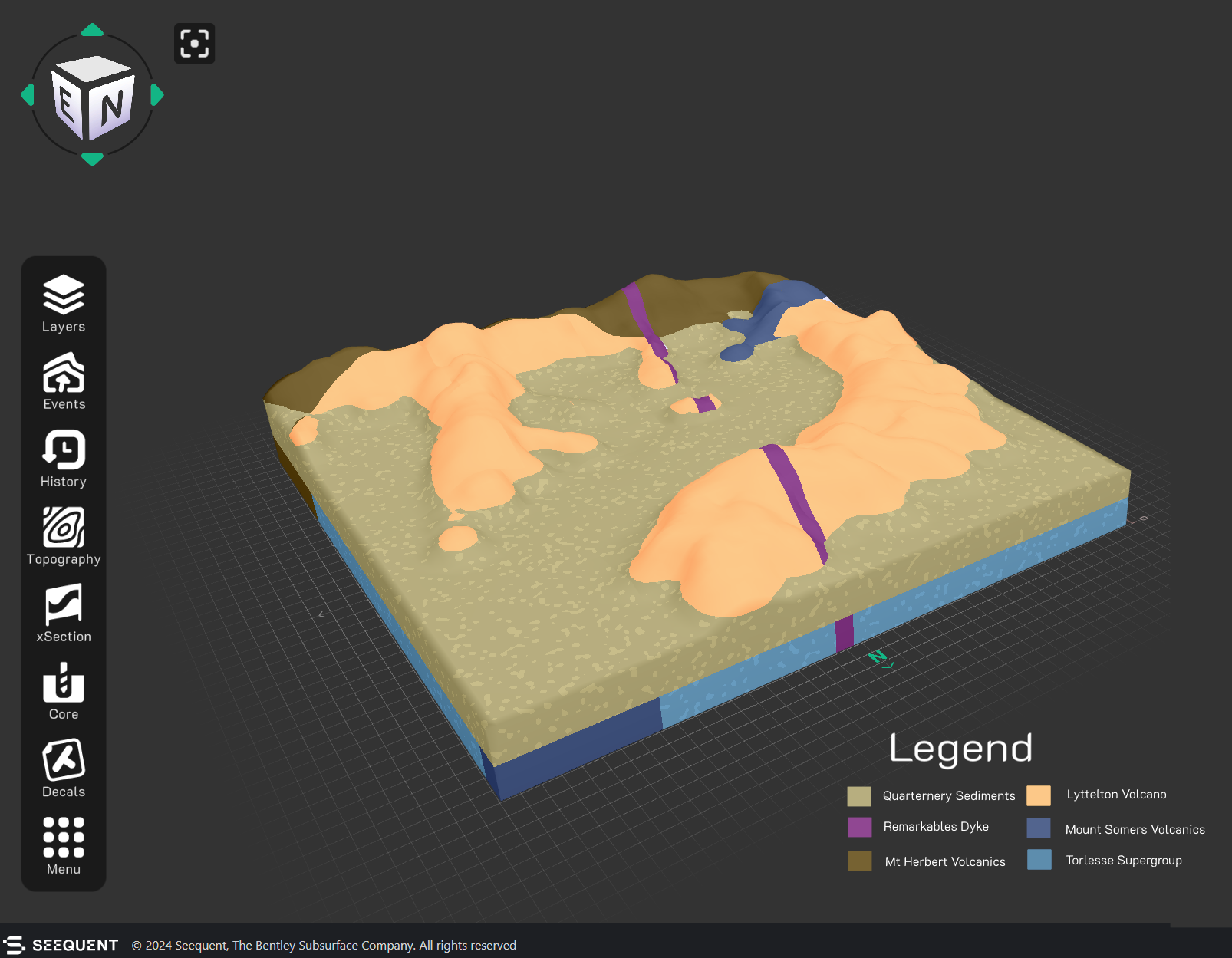
We have had all-time record temperatures both for the last 12 months and this past July. We’ve had record heat waves in the Middle East and the Southwest US. The fires this year in Hawaii and in 2018 in California have been the most destructive in over 100 years. In the last few years, hurricanes like Ian in Florida last year and typhoons like Nanmadol in Japan last year, driven by warmer ocean temperatures, have become more destructive. With these observations, it’s getting ever more difficult to argue that our planet is not getting hotter. It’s also becoming more and more obvious that the only explanation for a cause is humans burning massive amounts of fossil fuels. This heating is killing people and is melting the polar ice caps, which will raise the height of the ocean. More people will die as coastal regions are flooded.
See 10 takeaways below on what we need to do and not do to save the planet. Technology is a funny thing — it may move forward at only a snail’s pace or move forward as quick as lightning. It took over 100 years for battery electricity storage to improve enough beyond lead-acid batteries to provide practical power for laptop computers, smartphones, and electric vehicles. It took over 7,000 lithium-ion batteries about AA size developed for laptops and cell phones to power the first Tesla EV. The chemistry in the AA size and slightly larger cells in new Teslas has improved, but the construction of the batteries is almost the same today.
In the science-fiction movie Star Wars, we see the Millennium Falcon spaceship fly off into space from dead stop. NASA has been working for over 70 years on space planes like the X-43A towards a rocket ship that would takeoff from a runway, land back at that runway, and be ready to fly again soon like a commercial airliner. The space shuttle showed that you can fly in from orbit and land on a runway, but NASA is still nowhere close to a rocket that will take off from a runway and fly into orbit. On the other hand, as a freshman in mechanical engineering at UW Madison in 1958, we were using slide rules for calculations. At that time no one had the slightest clue about the incredible advances that were to come over the next 50 years in electronic computers, digital photography, and video.
When it comes to saving our planet, we can’t rely on rapid technological advances like we have seen with computers. As for the technology we need to save planet, we can only count on technology which is already proven and is economical.
1. Stop subsidizing fossil fuels.
It makes little sense to institute a carbon tax to disincentivize burning fossil fuel (see item 2) when you are incentivizing their use by subsidizing them. This won’t be easy. As the world switches away from fossil fuels, the fossil fuel companies will have trillions of dollars of stranded assets. You can be sure they will do everything they can to pay off politicians to continue the subsidies
2. Institute a carbon tax on all burning of fossil fuels. There is the same pushback here from fossil fuel companies.
3. Generate clean electricity using only wind, water, & solar (See Mark Z. Jacobson’s work.) Hydropower, wind power, and solar power are 100% emission free, require no fuel while operating, and are the most economical method of electricity generation. As part of this, we should overbuild wind and solar for light wind, cloudy skies, and low sun angle situations.
4. Build out electrical transmission lines to move power from sources to users. HVDC lines can be used to move power from windy areas to becalmed areas (also, to some extent, from sunup to sundown areas).
5) Build pumped hydro and battery storage to bridge solar and wind low-power periods. This is only in areas where current proven technology is lacking to make the jump from fossil to clean fuels. Pumped hydro works great, but it takes a long time to build and works only where there is sufficient elevation difference. Chemical batteries are fantastic for quick response to variation in power demand but can’t supply power for days or weeks. Novel battery technologies like using compressed air may be able to fill the gap.
6) Don’t build new nuclear power plants to generate electricity. (See Mark Z. Jacobson’s work.) They are too dangerous (leaks and proliferation), too expensive (both cost and required government insurance/subsidies), and the timelines are too long (it takes more than 10 years to build a nuclear plant). Also, in the US, we have yet to devise a way to store nuclear waste and it is problematic even in countries like France where they are using the best technological methods possible.
7) Electrify everything (See Mark Z. Jacobson’s work.)
7a) Use 90% efficient electric motors to convert electrical energy into mechanical energy instead of producing mechanical energy with gas and diesel engines.
7b) Use 90% efficient batteries to power those motors for all ground transportation (except railroads), all short-haul aircraft, all short-distance ocean shipping, all industrial use, power tools, recreational use, etc., etc.
7c) Electrify all railroads with overhead wires and pantographs on engines using battery cars to bridge hard-to-electrify tunnels and bridges. This process is well underway in Europe and China. Except for the Acela high-speed passenger trains from Washington, DC, to Boston and major city commuter rail and subways, electrification of railroads in North America has not even begun. It will take government intervention and funding to make this happen here.
7d) Use electric heat pumps instead of burning fossil fuels to heat and cool air and heat water in all buildings.
7e) Electrify steel and concrete making. Scrap steel can be recycled using electric arc furnaces, but making steel from iron ore using electricity is problematic. Concrete making using electricity is also problematic.
8) Don’t use hydrogen to power anything! Hydrogen is an energy dense fuel, but hydrogen generation and use are inefficient — plus, transportation, storage, and use of hydrogen are all extremely difficult. It will never be practical to use it for anything, including transoceanic aircraft and long-distance shipping.
9) Carbon capture and sequestration (CCS) is extremely difficult! It is another technology like space planes that takeoff and land on runways — it may never be cost effective, and at least not in the foreseeable future! Even if you can capture carbon from the air or from a power plant using a copious amount of power, permanent sequestration may be impossible. It may just leak out of the earth again. Carbon is already sequestered — it’s called coal and oil. Just leave it there. It’s much more economical to not produce CO2 in the first place. We need to make huge investments in clean wind and solar power. Only when we have reached diminishing returns from wind and solar power investments does it make sense to spend money on CCS. Since CO2 will linger in the atmosphere for hundreds of years, at some point, we will probably need to find serious CCS and geoengineering solutions.
10) Use biofuels made from agricultural waste to power transoceanic aircraft and long-distance shipping. Current batteries are not sufficiently energy dense for long-distance shipping and long-range aircraft. Propeller-driven aircraft are not fast enough for transoceanic flight.
11) Bonus takeaway! The only place we will get safe, clean, inexpensive power from nuclear fusion for the next 100+ years is from the sun.
Featured image: Classic Blue Marble. Made by Reto Stockli who I brought from Switzerland to work in my Lab. NASA Goddard Space Flight Center.
I don’t like paywalls. You don’t like paywalls. Who likes paywalls? Here at CleanTechnica, we implemented a limited paywall for a while, but it always felt wrong — and it was always tough to decide what we should put behind there. In theory, your most exclusive and best content goes behind a paywall. But then fewer people read it! We just don’t like paywalls, and so we’ve decided to ditch ours. Unfortunately, the media business is still a tough, cut-throat business with tiny margins. It’s a never-ending Olympic challenge to stay above water or even perhaps — gasp — grow. So …




